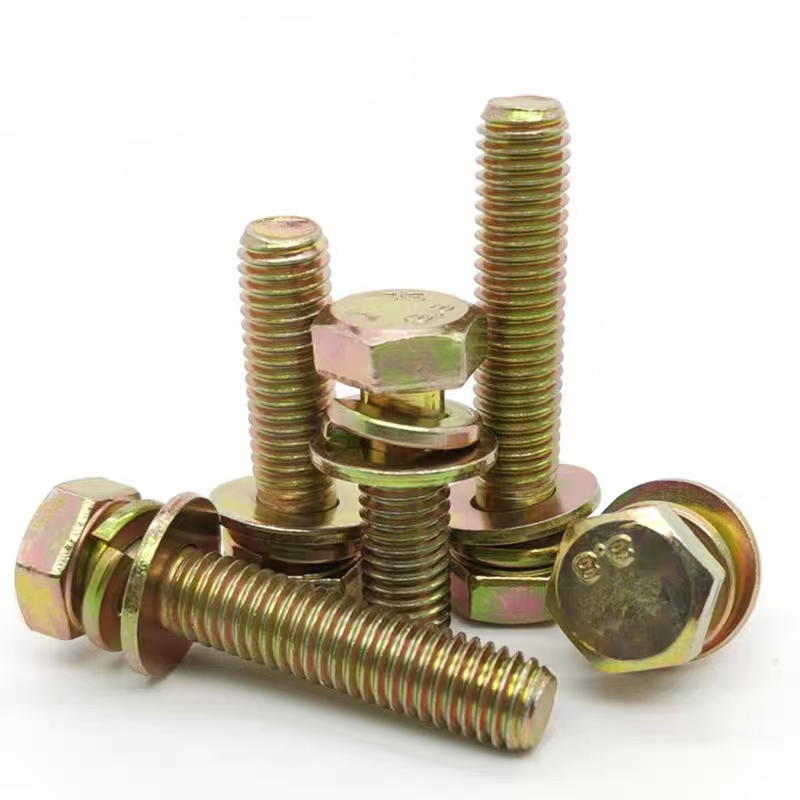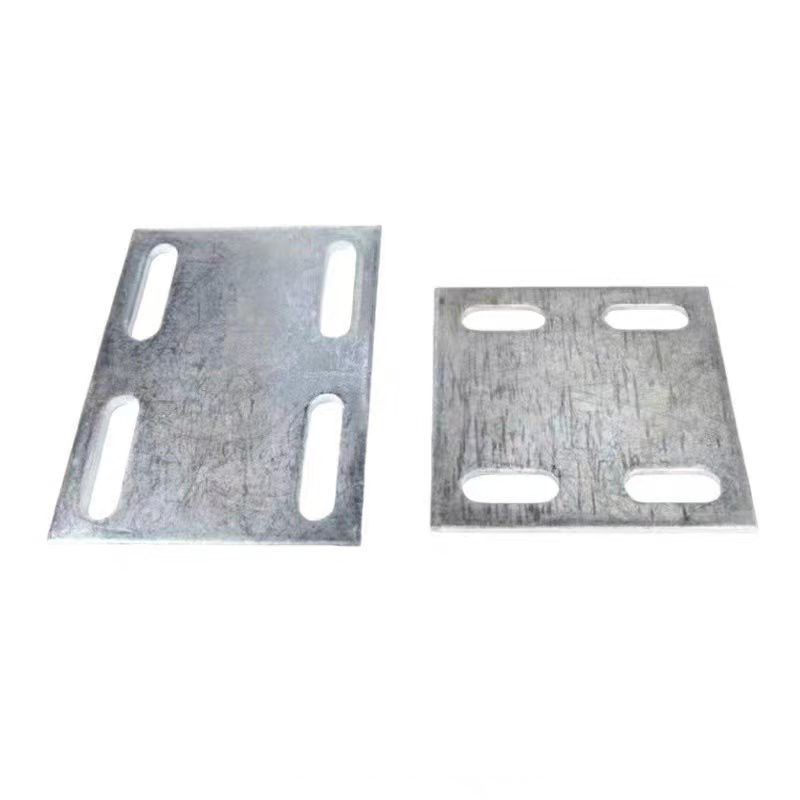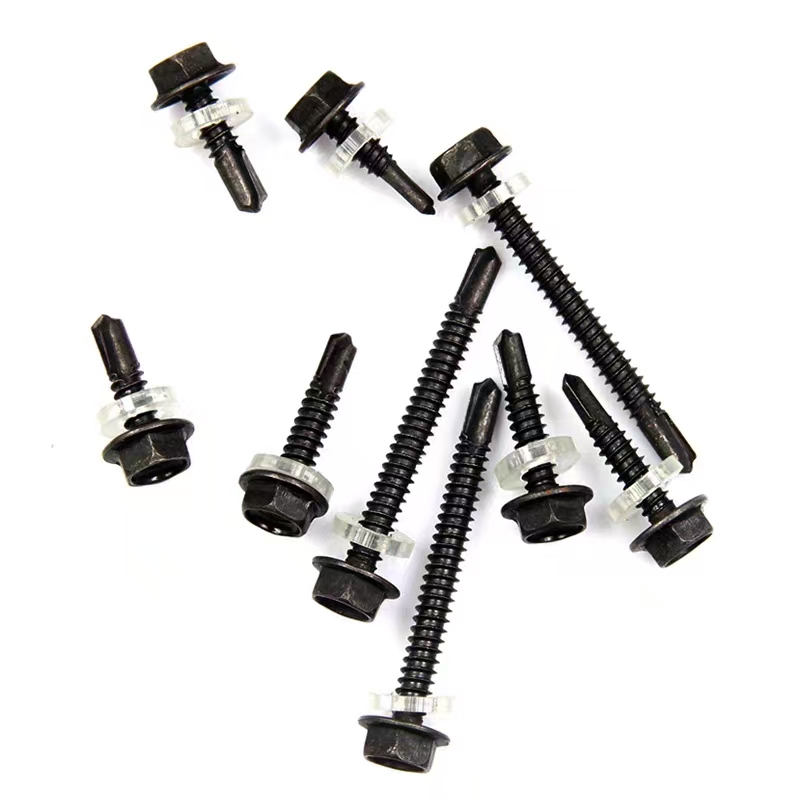- Chinese
- French
- German
- Portuguese
- Spanish
- Russian
- Japanese
- Korean
- Arabic
- Irish
- Greek
- Turkish
- Italian
- Danish
- Romanian
- Indonesian
- Czech
- Afrikaans
- Swedish
- Polish
- Basque
- Catalan
- Esperanto
- Hindi
- Lao
- Albanian
- Amharic
- Armenian
- Azerbaijani
- Belarusian
- Bengali
- Bosnian
- Bulgarian
- Cebuano
- Chichewa
- Corsican
- Croatian
- Dutch
- Estonian
- Filipino
- Finnish
- Frisian
- Galician
- Georgian
- Gujarati
- Haitian
- Hausa
- Hawaiian
- Hebrew
- Hmong
- Hungarian
- Icelandic
- Igbo
- Javanese
- Kannada
- Kazakh
- Khmer
- Kurdish
- Kyrgyz
- Latin
- Latvian
- Lithuanian
- Luxembou..
- Macedonian
- Malagasy
- Malay
- Malayalam
- Maltese
- Maori
- Marathi
- Mongolian
- Burmese
- Nepali
- Norwegian
- Pashto
- Persian
- Punjabi
- Serbian
- Sesotho
- Sinhala
- Slovak
- Slovenian
- Somali
- Samoan
- Scots Gaelic
- Shona
- Sindhi
- Sundanese
- Swahili
- Tajik
- Tamil
- Telugu
- Thai
- Ukrainian
- Urdu
- Uzbek
- Vietnamese
- Welsh
- Xhosa
- Yiddish
- Yoruba
- Zulu
- Kinyarwanda
- Tatar
- Oriya
- Turkmen
- Uyghur

China T-bolt
The Intricacies of China T-bolt Manufacturing
When it comes to understanding the nuances of the China T-bolt industry, there are common misconceptions that often cloud judgment. Many assume it's a straightforward process, but delve a bit deeper and you'll find a world rich with complexity and precision requirements.
Understanding the Basics of T-bolts
T-bolts, often overlooked but indispensable, play a crucial role in many applications. The T-shaped head allows for a unique set of functionality, especially in secure fastening and adjustable systems. The geometry isn't just about form; it's fundamental to its function.
One might think it's just about cutting metal into shape, but the specifics of material grade, head geometry, and thread precision become evident quickly. Trust me, it's not something you can eyeball if top-notch performance is what you’re after.
Having worked closely in the fastener manufacturing scene, I've seen firsthand the importance of these elements, especially when dealing with customized specifications. It's not uncommon to have an engineer request seemingly minute adjustments that make a world of difference.
Production Challenges
Manufacturing T-bolts is as much an art as it is a science. Each production run can present its own set of challenges: inconsistency in material grade across batches, slight deviations in thread rolling, and maintaining strict tolerances can create a rift between theoretical and actual output.
Handan Zitai Fastener Manufacturing Co., Ltd., located in the bustling heart of China’s largest standard part production area, exemplifies how location benefits operations. They leverage their proximity to major transport links to streamline supply chain management, a crucial aspect often underappreciated by newcomers.
During one of my visits to their facility, I observed how they deal with transport logistics, ensuring that raw materials arrive on time without compromising the production schedule—a fine-tuned dance that significantly impacts delivery times.
Quality Assurance in T-bolt Production
Quality assurance is another critical facet of the business. A single defective T-bolt can lead to catastrophic failures, especially in high-stress applications like machinery or structural assemblies. This is why comprehensive inspection at different production stages is non-negotiable.
At Handan Zitai, they implement a multi-tiered inspection process using advanced measuring equipment to ensure each bolt meets stringent criteria. Witnessing the inspection process was an eye-opener—the dedication to quality is palpable.
It's not just about having the latest tech but the expertise of seasoned inspectors who can detect even the subtlest deviations. A reliable inspection team makes all the difference in maintaining the high standards customers demand.
Real-World Applications and Innovation
The applications of T-bolts are perhaps more versatile than one might initially believe. From heavy-duty construction projects to intricate assembly lines and even in automobile manufacturing, these components need to adapt and endure.
Innovation often comes from necessity. In a particular OEM project I was involved with, a tailored T-bolt was developed to address specific load requirements that off-the-shelf options couldn't handle. The collaborative innovation was impressive—a true testament to the flexibility and ingenuity within the sector.
Such projects are a reminder of how industry ties with local manufacturers like Handan Zitai facilitate rapid prototyping and responses to custom demands. Their ability to quickly pivot to meet unique needs sets them apart in a competitive market.
The Future of T-bolt Manufacturing in China
Looking ahead, advancements in technology will undoubtedly shape the future landscape of the China T-bolt market. Automation and AI could enhance precision levels yet further, but the human element of expertise remains irreplaceable.
Given the pace of change, companies at the forefront will likely be those that balance traditional craftsmanship with technological innovation. Handan Zitai, for example, has been expanding their capabilities with a keen eye on emerging trends.
In my visits to China, what stands out is the blend of deep-rooted experience with a forward-thinking approach. It's this blend that will continue to propel the industry forward, setting new standards in fastener manufacturing globally.
Related products
Related products
Best selling products
Best selling products-
 Butterfly bolts
Butterfly bolts -
 Colored zinc plated hexagonal bolts
Colored zinc plated hexagonal bolts -
 Electrogalvanized cross countersunk drill thread
Electrogalvanized cross countersunk drill thread -
 Colored galvanized hexagonal drill tail wire
Colored galvanized hexagonal drill tail wire -
 Electrogalvanized hinge bolts
Electrogalvanized hinge bolts -
 T-bolt (T-slot bolt)
T-bolt (T-slot bolt) -
 Anti-loosening nut (locking nut)
Anti-loosening nut (locking nut) -
 High-strength blackened nuts
High-strength blackened nuts -
 Colored zinc-plated gaskets
Colored zinc-plated gaskets -
 Umbrella handle anchor (J-type anchor bolt/umbrella handle embedded bolt)
Umbrella handle anchor (J-type anchor bolt/umbrella handle embedded bolt) -
 U-bolts
U-bolts -
 Basket bolts
Basket bolts













